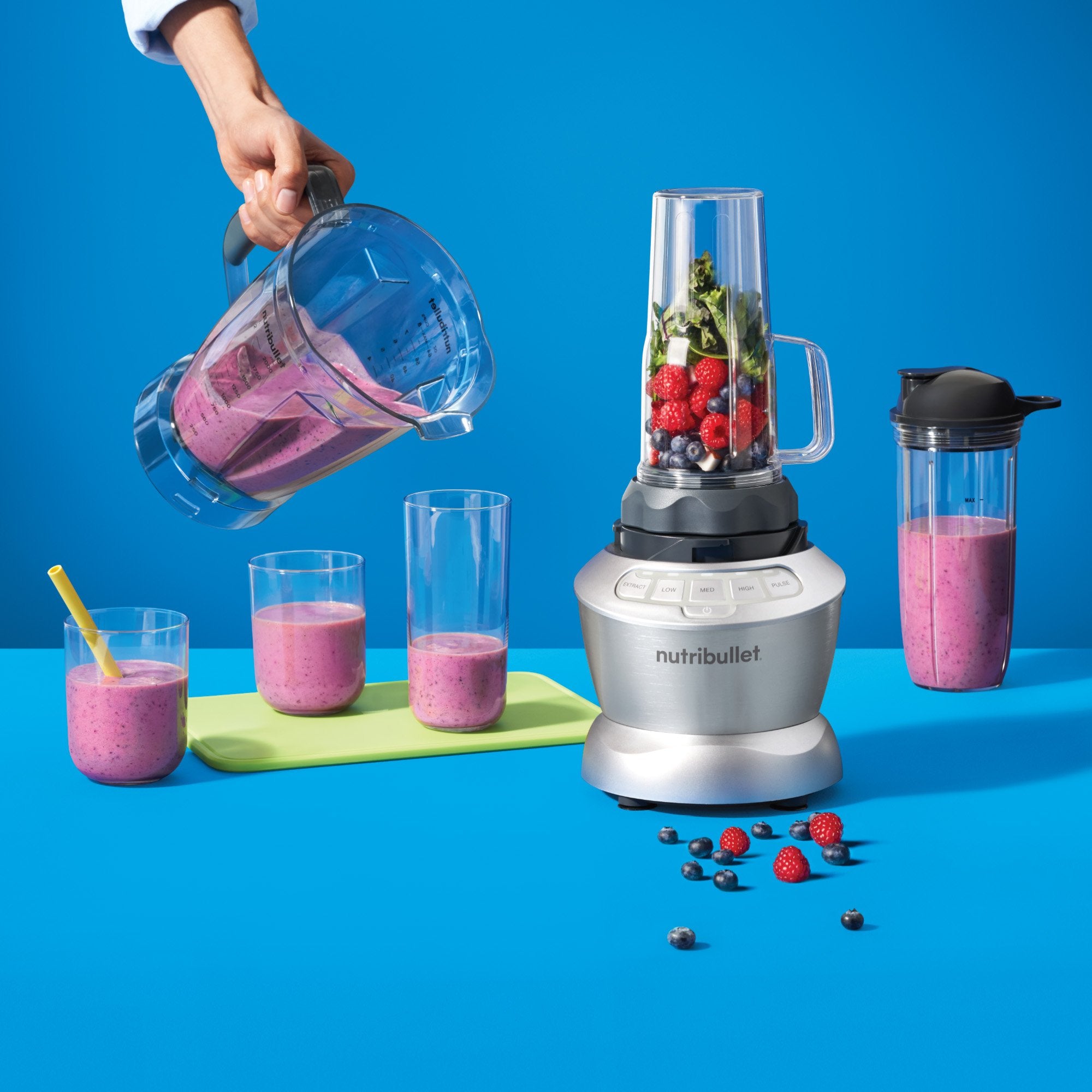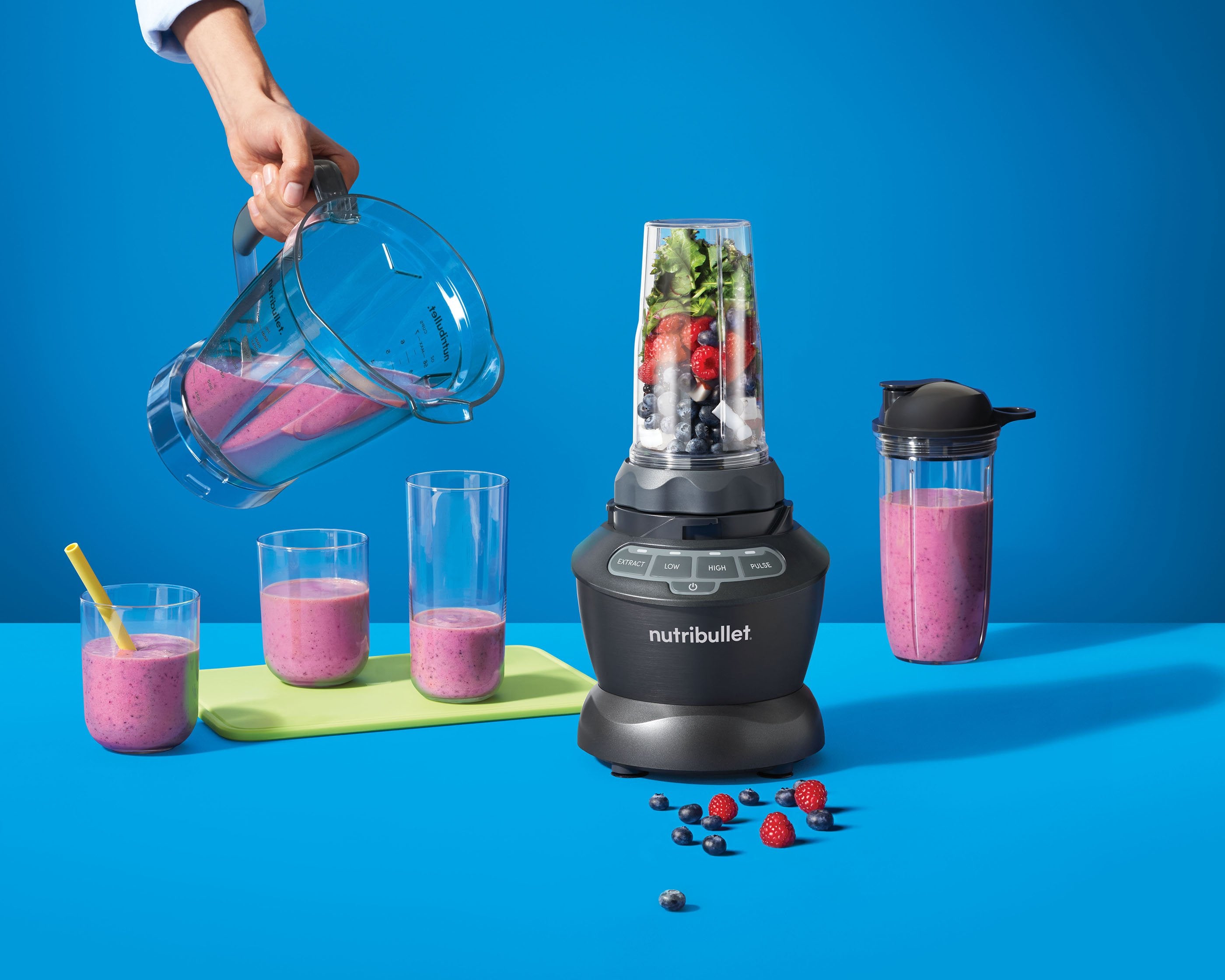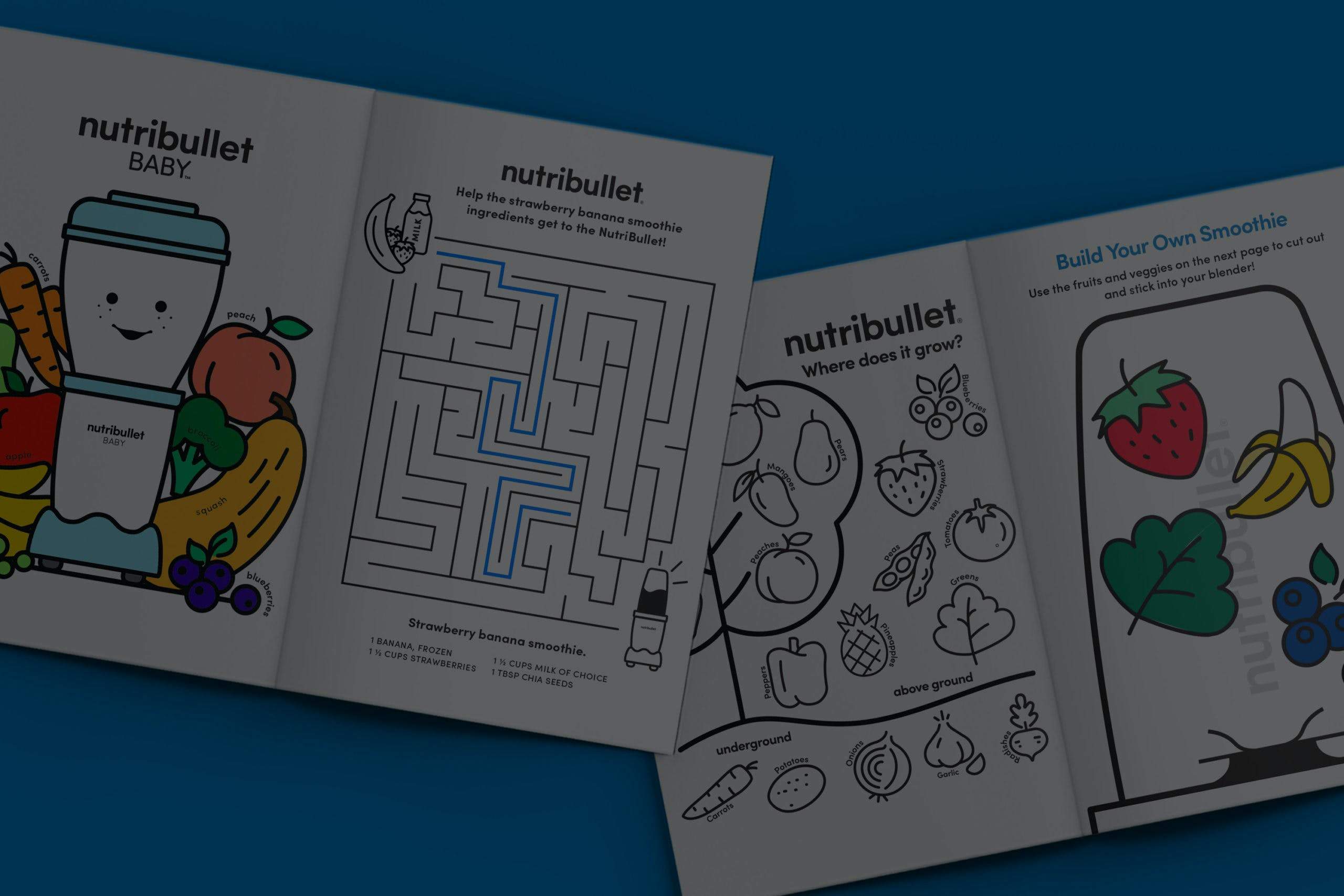Many of my patients are concerned about Alzheimer’s disease, either for themselves or those they love.
In 2017, over 5 million Americans were living with this degenerative disease, which is the sixth leading cause of death in the United States. This challenging condition where one slowly loses memory, judgment abilities, and normal function takes a large toll on families all around the world.
Is Alzheimer’s Type 3 Diabetes?
There is a good body of research suggesting a link between sugar and the development of Alzheimer’s disease. For this reason, many are beginning to call Alzheimer’s “type 3 diabetes”.
To understand why sugar affects the brain, one must understand the basics of insulin.
Insulin is a vital hormone produced by the pancreas. Its main responsibility is to help cells absorb blood sugar, or glucose, for energy. When there is too much sugar and the cells are filled to capacity, this sugar is converted to glycogen, and when there is enough of that, it’s stored as fat.
Insulin also helps the brain by keeping blood vessels leading to the brain healthy. It encourages the brain’s neurons to absorb glucose as needed and helps the brain’s neurons to become stronger. When insulin levels are low, this causes reduced brain function.
When too much sugar is consumed over a long period of time, the cells in the body may become “resistant” to insulin because it’s overactive and the cells become overwhelmed. To make it easier to understand, insulin becomes an annoying salesperson who calls the cells every day to try and sell them more sugar even though they are already filled to the brim. So they begin to ignore insulin completely.
This leaves insulin in high levels in your blood vessels, desperate to get rid of the excess sugar. Too much of a good thing becomes bad and, in the case of insulin and sugar, can lead to the development of dangerous conditions like heart disease, diabetes, and Alzheimer’s disease.
In a study led by a neuropathologist at Brown University, researchers found that when they blocked the path of insulin to rats’ brains, they began experiencing symptoms of Alzheimer’s such as neuron deterioration, physical disorientation, and memory loss.
Studies suggest that those who have type 2 diabetes are twice as likely to develop Alzheimer’s disease than those without diabetes.
Sugar May Also Overwhelm the Small Intestine.
Another problem with over-consumption of sugar is that it can overwhelm the small intestine. The small intestine has an important task of processing fructose. With natural occurring sugars, like in apples and other fruits, it does this flawlessly in most people. However, when one is consistently eating processed foods and drinks that contain unnatural amounts of sugar, the small intestine gets overloaded and simply cannot process it on its own.
This excess sugar is then sent into the bloodstream, leading to the problems we talked about above, as well as to the liver. When the liver becomes overwhelmed, one can develop fatty liver disease or other complicated health problems.
What You Can Do
There is no way around it: over-consumption of sugar is one of the worst things you can do for your health. But it is incredibly easy to eat too much sugar in America because it is added to EVERYTHING. Become conscious of what you are putting into your body. Read the labels. The easiest way to avoid sugar is to focus your diet around whole, homemade, real foods that do not have an ingredients list.
Partha’s Prescriptions
- To satisfy your sweet tooth, eat fruit. Encourage your children to do the same. The body is built to properly digest natural sugar from fruits.
- With any other sugar you consume (added to food, sugar in drinks, sugar in processed snacks and treats), limit yourself to 6 teaspoons per day.
- Remove sugary products (besides fruit) from your home.
- Be very wary of artificial sweeteners. They may seem like an easy solution to going sugar-free but most of them come with their own health risks.
Find this and other health-promoting articles by Dr. Partha Nandi on his website, Ask Dr. Nandi.
Nutritional information
Recipe: Creamy Green Strawberry Dream Serving in this recipe:1
- Calories: 236.6
- Total Fat: 3.6 g 5.5%
- Saturated Fat: 0.4 g 1.9%
- Cholesterol: 0 mg 0%
- Sodium: 358.7 mg 14.9%
- Total Carbs: 45.7 g 15.2%
- Dietary Fiber: 9.9 g 39.4%
- Sugar: 22.1 g
- Protein: 8.1 g 16.2%
- Vitamin A: 481.9% Vitamin C: 244.1%
- Calcium: 68.5% Iron: 26.1%
* Percent Daily Values are based on a 2,000 calorie diet. Your daily values may be higher or lower depending on your calorie needs.





















